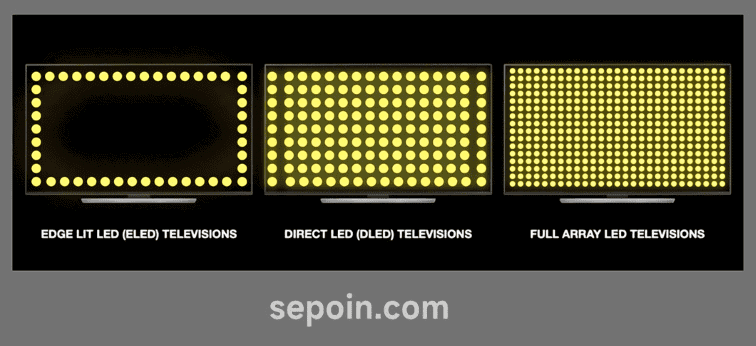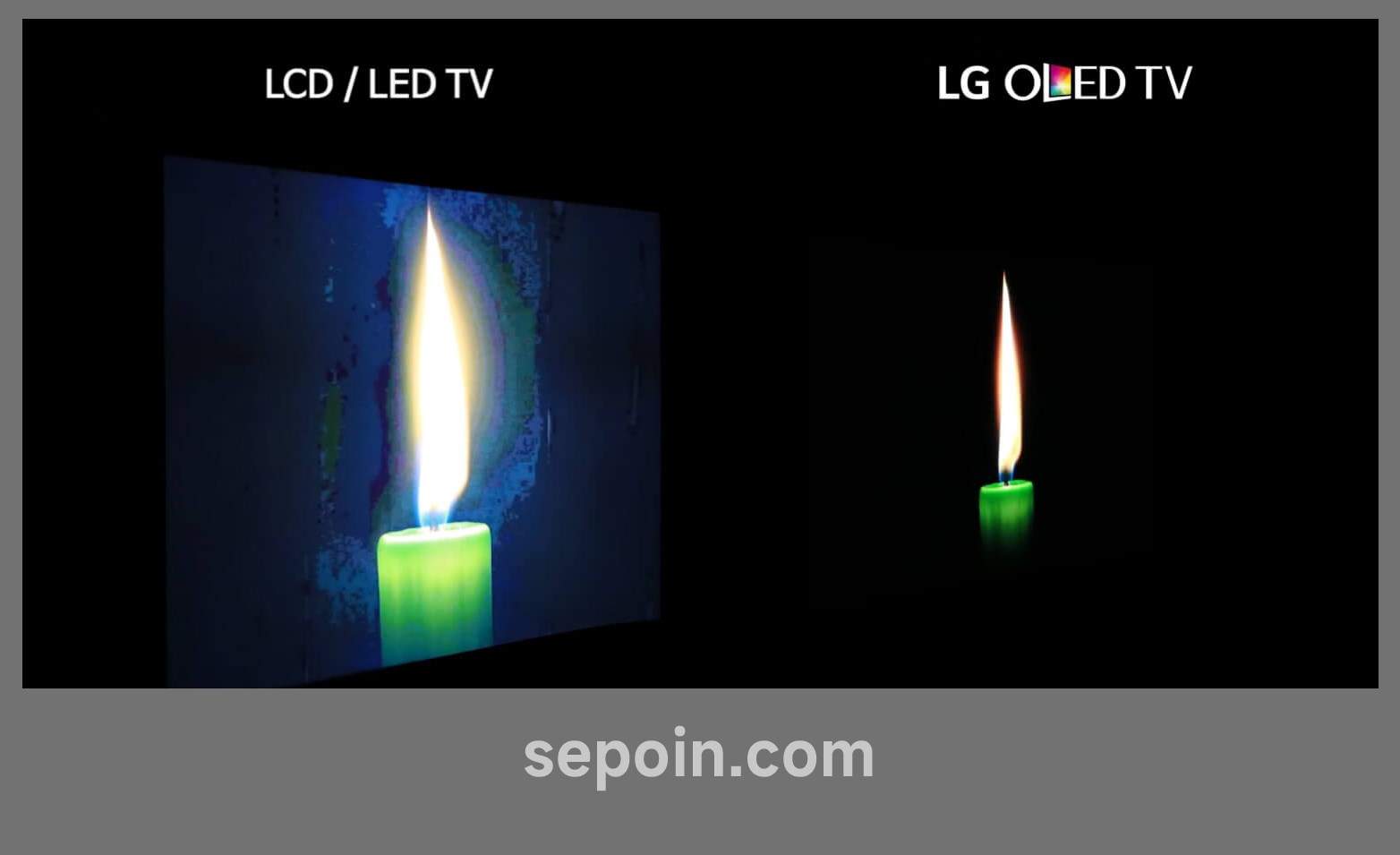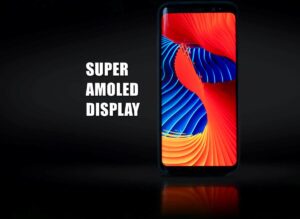OLED vs IPS LCD is a question that arises whenever a consumer chooses a new TV, smartphone or laptop. Do you need to buy a Laptop with an IPS LCD screen or buy a laptop with an OLED screen. The answer will be easy after you read and know the advantages and disadvantages of both.
IPS LCD (In-Plane Switching Liquid Crystal Display) and OLED (Organic Light-Emitting Diode) are the two most commonly used display technologies today. Technologies before that, such as TN (Twisted Nematic) and PLS (Plane-to-Line Switching) screens, were old and very old-fashioned to use (except for PC monitors and laptops are very cheap). What is clear is that IPS and OLED are much better in almost all aspects.
So, we continue which one is better and should choose an OLED or IPS screen?
How Does an IPS LCD Screen Work?
IPS LCD screens are the most commonly used screen technology, ranging from TVs, monitors and laptops. Laptops, entry-level and mid-range smartphones, as well as most TVs use LCD-type display panels. So, how does IPS display work?
The IPS screen consists of an arrangement of LCD pixels whose color changes according to the image displayed. However, the pixels do not emit light on their own. So that they can emit light is given a lamp (which is made of LEDs) behind the pixels.
The IPS panel displays black by blocking the transmission of light, but it cannot be perfect and there will be some small amount of light that can still pass through. That’s the reason why the IPS screen can’t display the actual deep black color.

There are expensive-class display panels that use local dimming technology. This feature requires a lot of backlighting (the so-called Mini-LED and Micro-LED), and each lamp is in a different area. When there is an area that displays a dark/black color the background light box the area will be dimmed, or turned off to make the actual black color. While in other areas that display bright colors, the backlight will still be on.
Advantages of IPS LCD Screen
- Relatively inexpensive and easy to make
- Good color accuracy
- Does not experience burn-in
Disadvantages of IPS LCD Screen
- Limited contrast
- Possibility of backlight ‘leakage’ or bleeding
What is OLED Display Technology?
Display screens with OLED are still restricted to high-end devices. Even for now, only high-end TVs and laptops offer OLED screens. However, in the world of smartphones, OLED technology has been de-democratized on mid-range smart phones, with high brightness and high refresh rate.
Back to the discussion, OLED displays don’t use background light. The technology is more advanced than LCD panels, where each pixel can reproduce and emit its own light. That makes OLED technology unnecessarily an additional backlight.

Every pixel on the OLED display can be turned on or off as you go. Since it does not require a backlight, in shape OLED is much thinner than an LCD screen. Not only that, but its capabilities also offer a much better contrast ratio and viewing angle.
But despite that, organic matter used in OLED pixels tends to “burn-in” easily and produce ghosting (or the traces of previously displayed images are still vaguely visible).
In addition, for OLED TVs they are not as bright as LCDs, moreover those that use Mini-LEDs or Micro-LEDs that can be brighter.
Fortunately, modern OLEDs have better brightness levels than before, and make them able to compete with LCD panels in general. This can be found on OLED smartphones and laptops.
Advantages of OLED Screens
- Much thinner than IPS LCD
- Highly power efficient
- Excellent viewing angle
- Excellent black tiers
- Extensive color gamut is excellent
Disadvantages of OLED Screens
- Possible burn-in images
- Expensive
Conclusion, Choose IPS LCD or OLED
That’s a brief overview of IPS and OLED technologies. But which of the two is better and more appropriate for you? Here is a list of pros and cons to help decide which laptop or TV you buy.
| IPS LCD | Oled | |
| Brightness | Tall | Low/Medium |
| Contrast Ratio | Low | Infinite (High) |
| Black Level | Tidak sempurna | Sempurna |
| Bleeding | Already | Do not |
| Looking at the Angle | Medium | Very Wide |
| Response time | Medium | Very fast |
| Burning Problems | Do not | Already |
| aging | Do not | Already |
| Price | Low | Tall |
- OLED offers better contrast: Each OLED pixel emits its own light and can be turned off completely, providing a very high contrast ratio.
- OLED offers a better viewing angle: IPS LCD screens have very good viewing angles, but OLEDs could be better in this scenario.
- OLEDs offer faster response times: OLED pixels can enable/disable or change colors faster. This makes the Ghosting effect lower during fast-paced scenes. Ghosting is a shadow that follows the movement of the image, there is a shadow left behind.
- OLEDs are slimmer and more flexible: OLED technology does not require a backlight source; this makes OLED screens very thin and sleek. The next screen technology innovation – that OLED also supports foldable and rollable displays.
- IPS LCDs offer higher brightness: The IPS LCD uses a very powerful backlight, this allows it to be brighter than some OLED technologies. Even miniLED or microLED lights can produce better HDR, then provide a better viewing experience, even in a room with a lot of sunlight.
- IPS is much cheaper: OLEDs are relatively new, and the production costs are also expensive, which is why devices that use OLED tend to be more expensive.
Some disadvantages of both:
- IPS can experience background light leakage and blooming: Generally, this problem does not occur on high-end IPS, but some cheaper models can be subject to bleeding (these leaks are usually around the edge of the screen).
- OLEDs can be burned-in: This condition occurs because the static screen (not subject to image changes) is left for too long and then makes it burn and makes the traces of the previous image still visible.
- OLEDs get dimmer with age: The organic substances in oled panels will break down over time, making the brightness level dim even more. Fortunately, it happened in the old generation, and modern OLED technology is not affected by this kind of problem.






